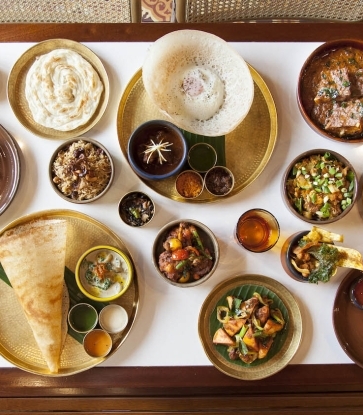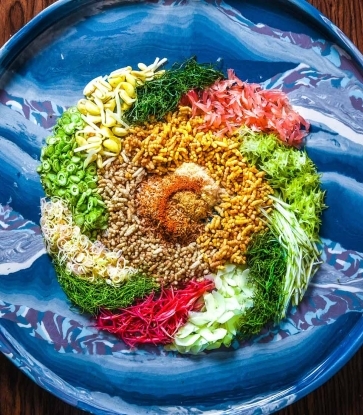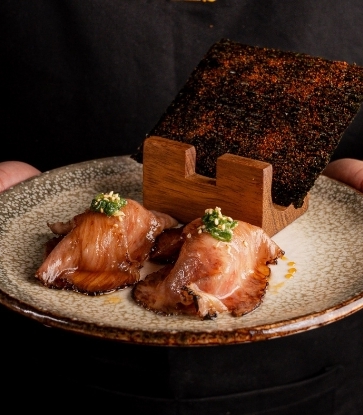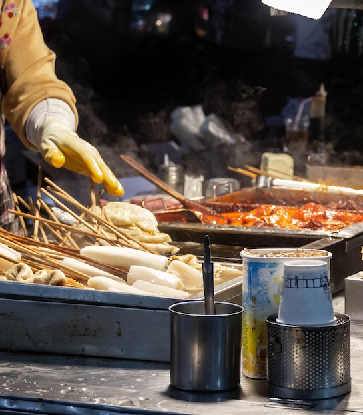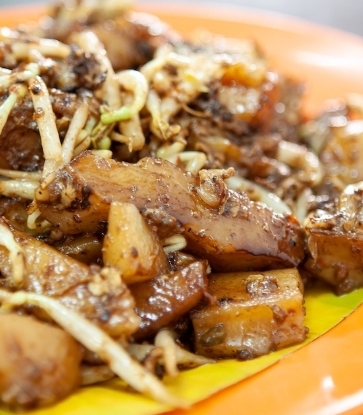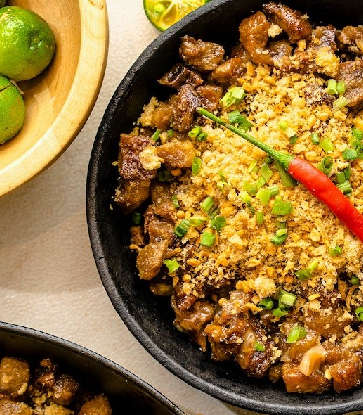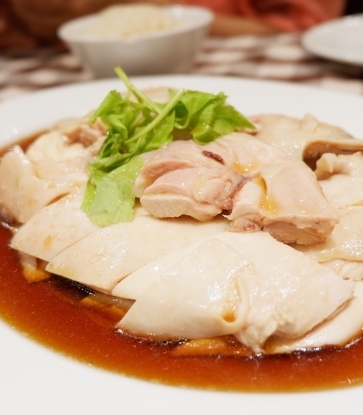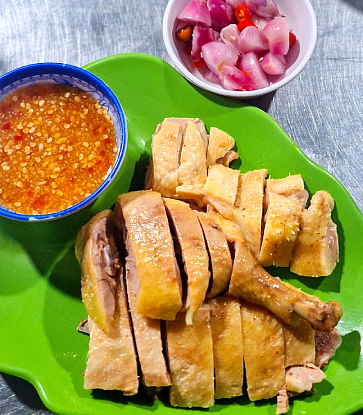Custard tarts, with their creamy fillings and flaky crusts, are a versatile delight in Hong Kong and Macau. While both regions share much of their food heritage, the beloved pastries each have their own distinct qualities. Hong Kong’s egg tarts (daan tat) feature a stronger “eggy” flavor, a more substantial shortbread and a floral shape. In contrast, Macau’s beloved custard tarts (pou tat) are a combination of flaky crust and creamy filling with a caramelized top.
Whether enjoyed for breakfast, as an afternoon snack or as a dessert, they never fail to satisfy. From Portugal’s pastéis de nata to English custard tarts, daan tat and pou tat sit alongside global variations baked fresh across both cities. Here’s where to sample the best.
RELATED: Indulge in Afternoon Tea at MICHELIN-Recommended Restaurants and Hotels in Hong Kong and Macau
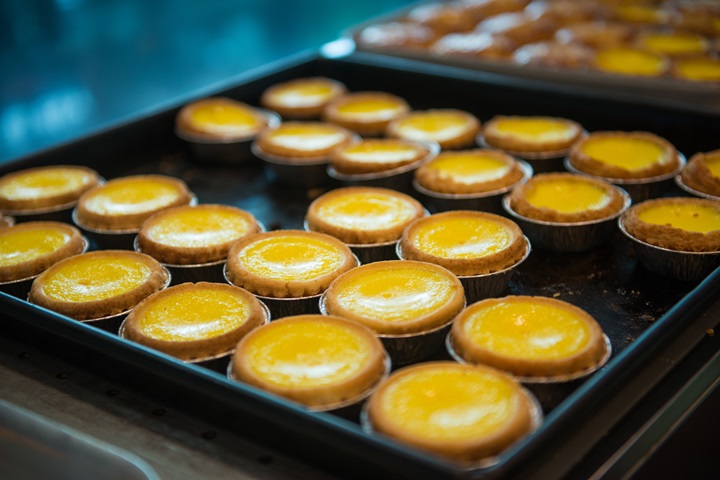
Hong Kong’s daan tats
Hong Kong’s custard tarts are a cherished afternoon delight, commonly enjoyed in local bakeries, cha chaan tengs (casual Western-style cafés) and served as dim sum in Chinese restaurants with a cup of milk tea or herbal tea.
Daan tat represents a unique blend of Western and Chinese culinary traditions. Introduced to Guangzhou in the 1920s by the British, the tarts quickly became a favorite in Hong Kong, especially after World War II. Local chefs adapted the recipe with their dim-sum-making skills to align with local tastes, showcasing the region’s rich cultural diversity.
Typically baked in flower-shaped molds, the custard filling is poured into the crust and baked until set, resulting in a smooth, glossy top, a firm, sweet custard and a crispy crust. The overall flavor is milder than that of pastéis de nata, offering a subtle sweetness and a pleasant creaminess that appeals to a broad audience.
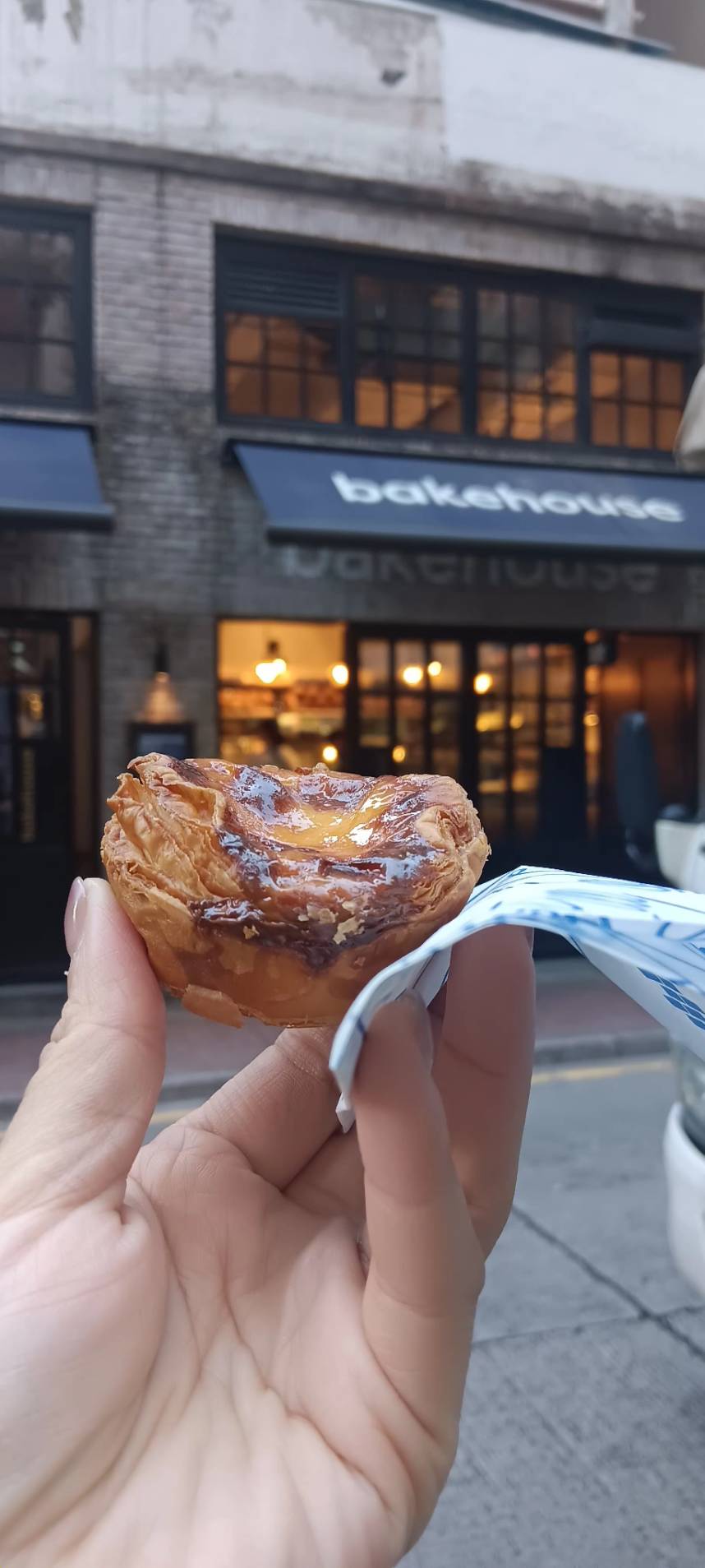
Today, Hong Kong is a melting pot of creative bakers who put their own twist on custard tarts. In 2018, Hong Kong’s Bakehouse became a sensation with its sourdough egg tarts (right image ©MICHELIN). Helmed by Swiss chef, Grégoire Michaud, the bakery crafted a unique egg tart and now has seven bustling locations in the city. Their approach — featuring a Portuguese egg tart with a silky filling, caramelized top, and sourdough crust—sets it apart from the rest.
At Vission Bakery, a diverse range of tarts is available, from the unique matcha mochi danish and pistachio custard danish to the classic custard tart dusted with cinnamon. Hashtag B’s tarts (black sugar mochi tart, white peach cheese tart and pistachio tart) are also popular, while Fung Shing (North Point), Seventh Son (Wan Chai) and Yat Tung Heen offer MICHELIN-worthy varieties.
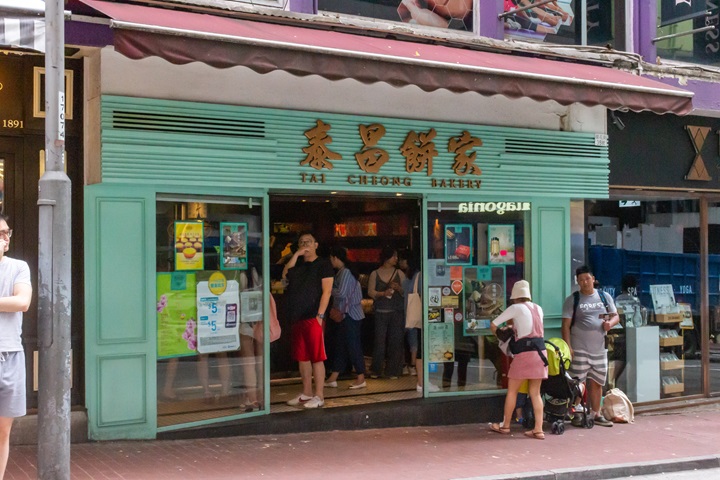
If you’re a big fan of egg tarts, why not try the ones with butter flavor and shortcrust (instead of flaky) pastry at the long-standing Tai Cheong Bakery? Serving the masses for over seven decades, the bakery has six stores in the city and a dozen spots in Singapore.
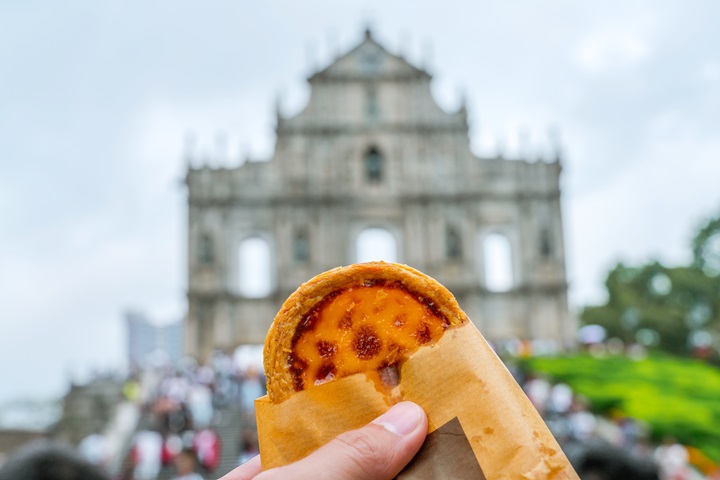
Macau’s pou tat
No trip to Macau is complete without visiting Lord Stow's Bakery (Rua do Tassara). Nestled in Coloane Village since 1989, the bakery serves delicious custard tarts with a flaky crust, creamy custard and crispy crème brulee top.
The bakery was founded by the late Andrew Stow, an Englishman who came to Macau for his pharmacy career and later became a baker. While working in the kitchen of the Hyatt Regency (now known as the Regency Art Hotel Macau), he invented this dessert by combining the light crusts of English pastries with the caramelized top of Portuguese pastéis de nata.
Today, Macau’s custard tarts have become an icon for the region, and their making is listed as Macau’s intangible cultural heritage. Generally called “Portuguese tarts” (pou tat in Cantonese), Macau’s custard tarts are less sweet than the Portuguese variety, though pastéis de nata are equally celebrated at Manteigaria, Portugal’s renowned pastéis de nata specialist, which opened its first branch in the Macau Peninsula in 2025.
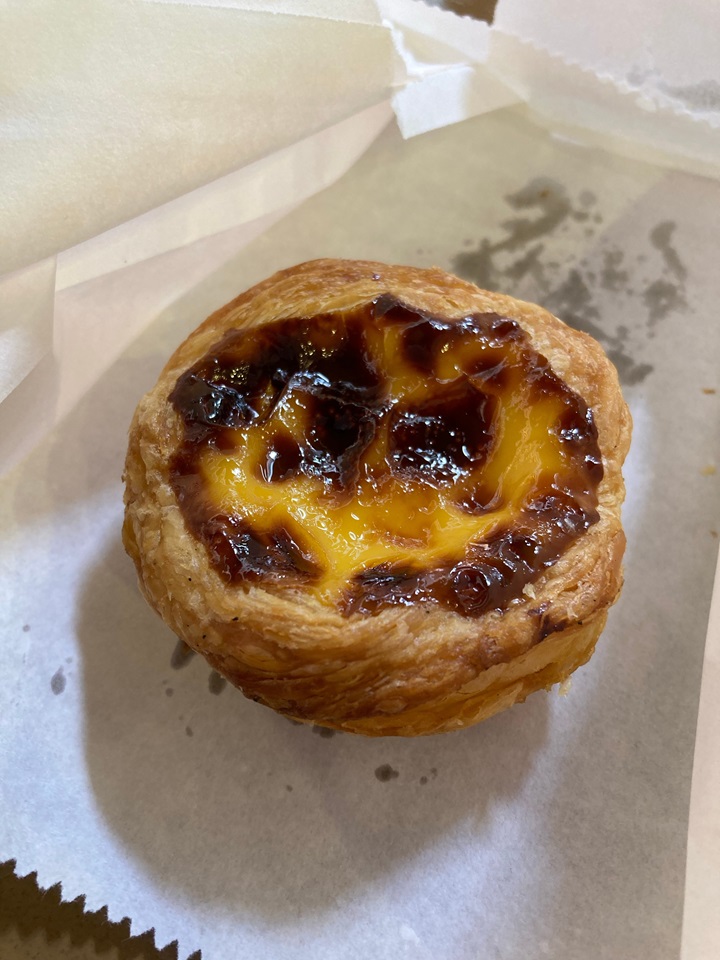
While in Macau, treat yourself to the diverse world of pou tats, each with a unique local twist. Among the city's long-standing bakeries, Margaret’s Café e Nata is a standout. Located in the Macau Peninsula, this bakery is a sight to behold with its stacks of sheet pans and a bustling cashier. But what truly sets it apart is the variety of pou tats it offers, making it a paradise for any dessert enthusiast (left image©Shutterstock).
Bamu Bakery, a relative newcomer to the city, has captivated locals with its unique take on pou tats and croissants since its inception in 2021. With five locations now, it's clear that their pastries are a hit. Each of their exquisite pastries is a work of art in its own right, a testament to the artistry and dedication of their bakers.
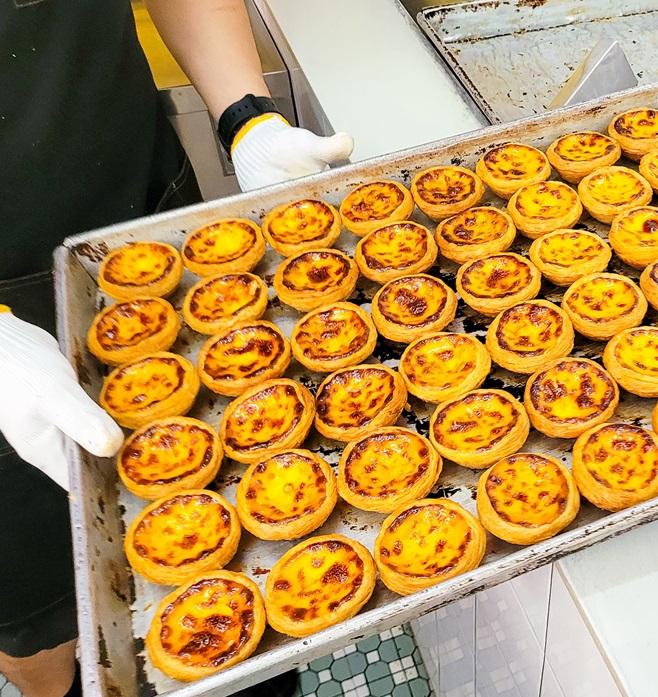
Portuguese pastéis de nata
This Portuguese classic dates back to 18th century Lisbon, inspired by pastéis de belém, the custard tart invented by the monks at the UNESCO-listed Jerónimos Monastery. The monks used a considerable amount of egg white to starch their clothes, leading to an abundance of leftover yolk, which they used to make pastries.
Following the Liberal Revolution of 1820, many monasteries were forced to close. In 1834, the Jerónimos Monastery shut down, but its legacy lived on. The monks sold the custard tart recipe to a nearby sugar refinery and in 1837, the famous Pastéis de Belém bakery opened next door. The monastery's original recipe — puff pastry and a rich custard filling — is used to this day. (lImage (top left): Portuguese egg tarts from Lord Stow's Bakery (Rua do Tassara) ©MICHELIN)
English custard tarts
Steeped in rich history, English custard tarts trace their origins back to medieval Europe, with references appearing as early as 1450 in Two Fifteenth-Century Cookbooks. Originally, custard tarts were versatile dishes, made in both sweet and savory varieties. The pastry could be crafted from either shortcrust or puff pastry, and the filling typically consisted of a mixture of cream, milk or broth, eggs and sweeteners such as sugar or honey. For the savory tarts, ingredients like minced pork or beef marrow were commonly used, catering to the tastes of the nobility and those who could afford meat.
Over the centuries, the tart evolved into the beloved sweet custard tart we know now. The modern variation is characterized by a rich, creamy filling and a crumbly crust. Today, recipes often incorporate flavorings such as nutmeg or vanilla, enhancing the tart's aromatic profile.
Hero image: © Shutterstock
Further Reading: Two Chefs/One Ingredient: How Hong Kong’s Soy Story Blends Tradition and Innovation



